Industry information
Company News
- The fashion evolution of aluminum veneer: an artistic journey from tradition to modernity
- Fluorocarbon aluminum veneer: the fashionable "coat" of modern architecture
- Aluminum veneer customization: the ideal choice to meet your unique needs
- Aluminum veneer: the "fashionable coat" of modern architecture
- Aluminum veneer curtain wall: a perfect combination of fashion and practicality
Industry dynamics
- How to choose suitable perforated ceiling aluminum veneer material
- Aluminum veneer customization, creating a new trend of personalized space!
- Aluminum veneer customization: creating an artistic journey of exclusive space
- The secret of aluminum veneer: witnessing craftsmanship from simplicity
- Aluminum veneer: the fashionable outerwear of modern architecture
Frequently asked questions
- What are the applications of aluminum veneer in the interior decoration industry?
- What are the applications of aluminum veneer in the construction industry?
- What are the types of aluminum veneer?
- What factors will affect the price of aluminum veneer?
- How is aluminum veneer produced and manufactured?
contact us
Mobile:+86 15627778610
Email: 2201229786
Address: No. 5 Binjiang Road, High tech Zone, Zhaoqing City, Guangdong Province
Hollow aluminum veneer makes architectural art more exquisite
- Author: Lesilong Technology (Guangdong) Co., Ltd
- Release time: March 1, 2025 01:35:52
- Click:0
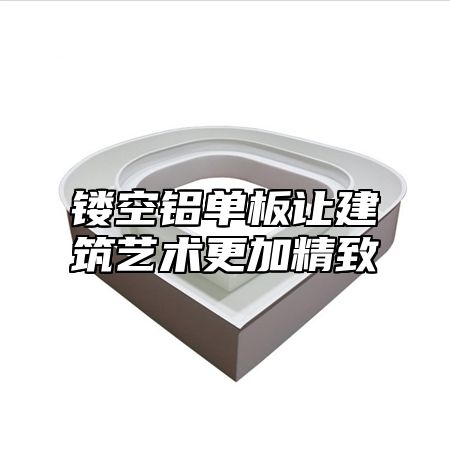
Hollowing outAluminum veneerIt is a high-end building material, and its unique design and manufacturing process can make architectural art more exquisite. The following is a detailed introduction on how to use hollow aluminum veneer to make architectural art more exquisite:
1、 Design concept
1. Innovative design: In design, attention should be paid to innovation, breaking traditional design patterns, adopting novel design concepts, and making buildings more modern.
2. Spatial layout: In the design, spatial layout should be considered, and space should be utilized reasonably to make the building more comfortable and practical.
3. Environmental protection and energy conservation: Environmental protection and energy conservation should be considered in the design, using green materials and technologies to reduce the impact on the environment.
2、 Production process
1. Raw material selection: The main raw material for hollow aluminum veneer is aluminum alloy, which is required to have high strength and corrosion resistance.
2. Cutting and processing: Cutting raw materials into the required size and shape for subsequent processing.
3. Carving processing: Carving the surface of aluminum veneer into the desired pattern or text through carving technology to make it more beautiful.
4. Welding processing: Weld aluminum veneers from different parts to form a cohesive structure.
5. Surface treatment: anodize the aluminum veneer to form a layer of oxide film on its surface, and then perform processes such as spraying and baking paint to finally form a uniform, smooth, and brightly colored surface.
3、 Application scenarios
Hollow aluminum veneer can be used for exterior wall decoration of various buildings, especially in places that require artistic expression, such as museums, art galleries, theaters, etc., to create unique architectural images. For example, in the 798 Art District of Beijing, many buildings are designed with hollow aluminum panels, creating a sharp contrast with the surrounding environment and becoming one of the important landmarks in the area. Similar design techniques have been adopted in the Bund of Shanghai, the Pearl River New Town of Guangzhou and other places, making these buildings more modern and fashionable.
Hollow aluminum veneer is a highly suitable decorative material for showcasing architectural artistry, and its unique design and manufacturing process can make buildings more exquisite and beautiful.

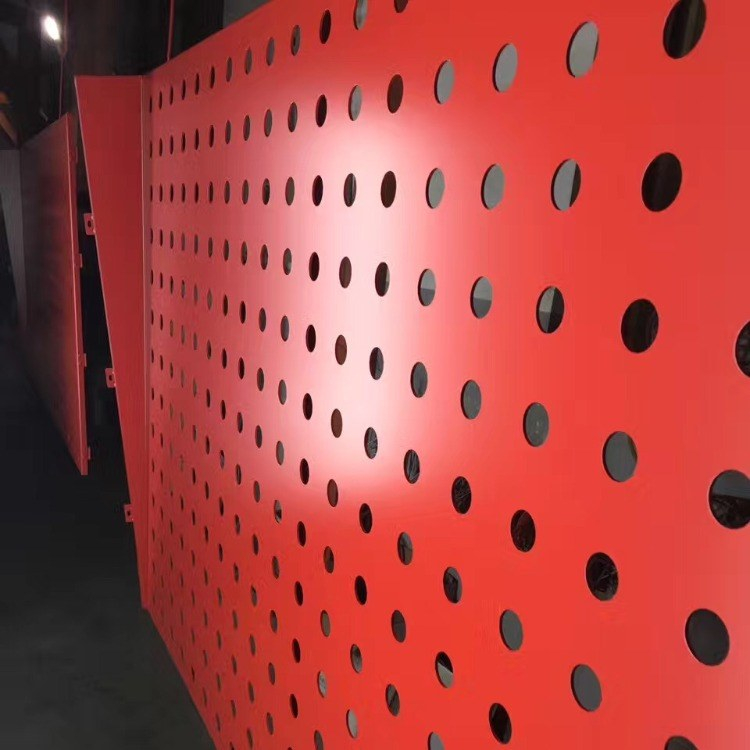
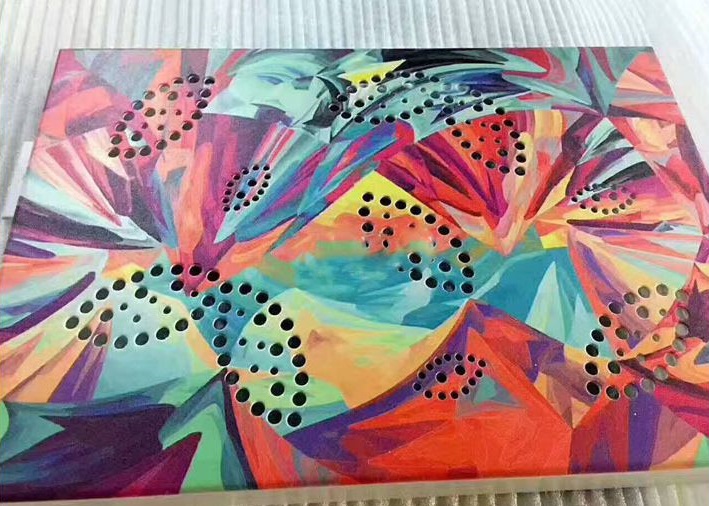
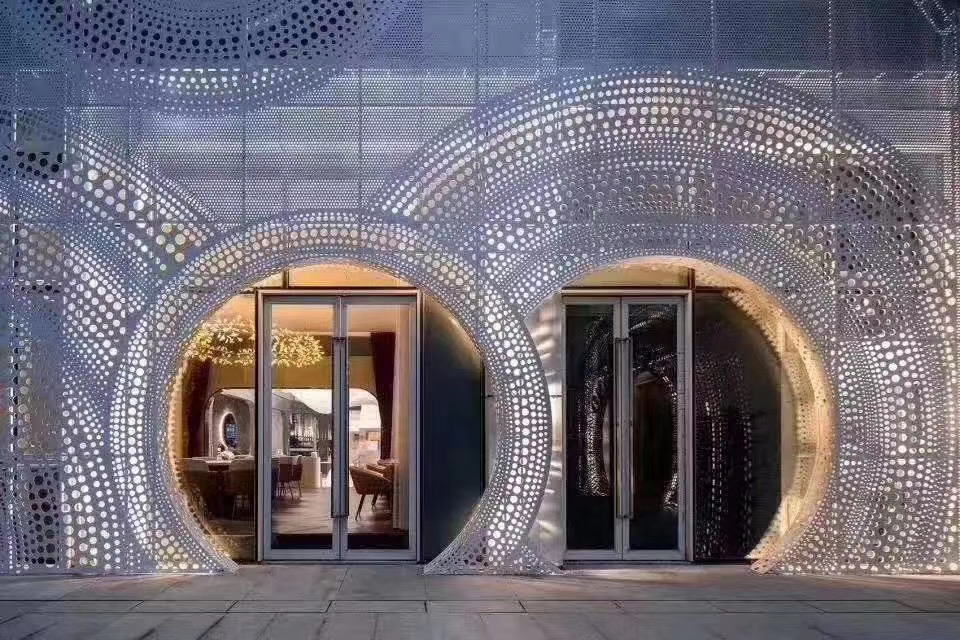
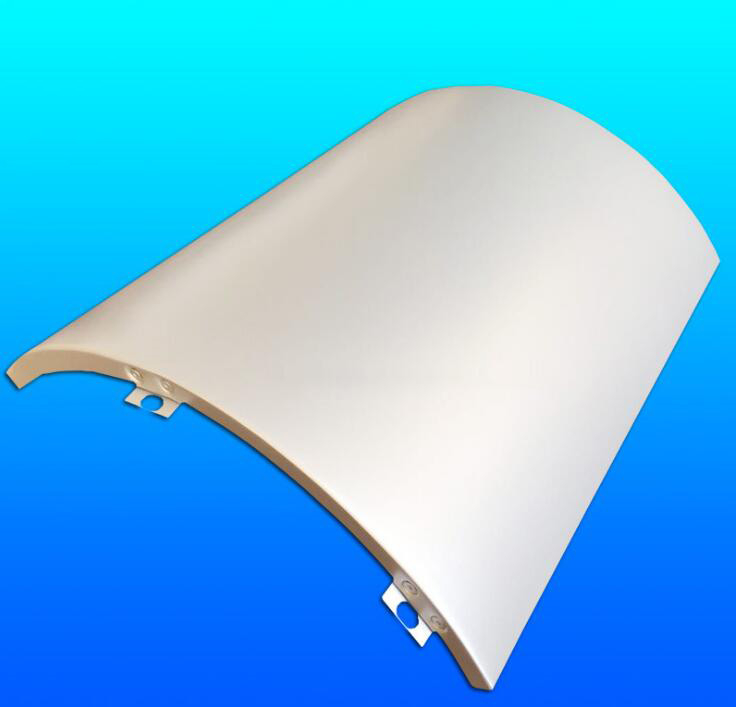
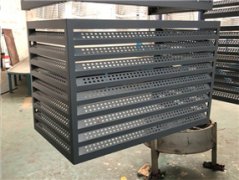
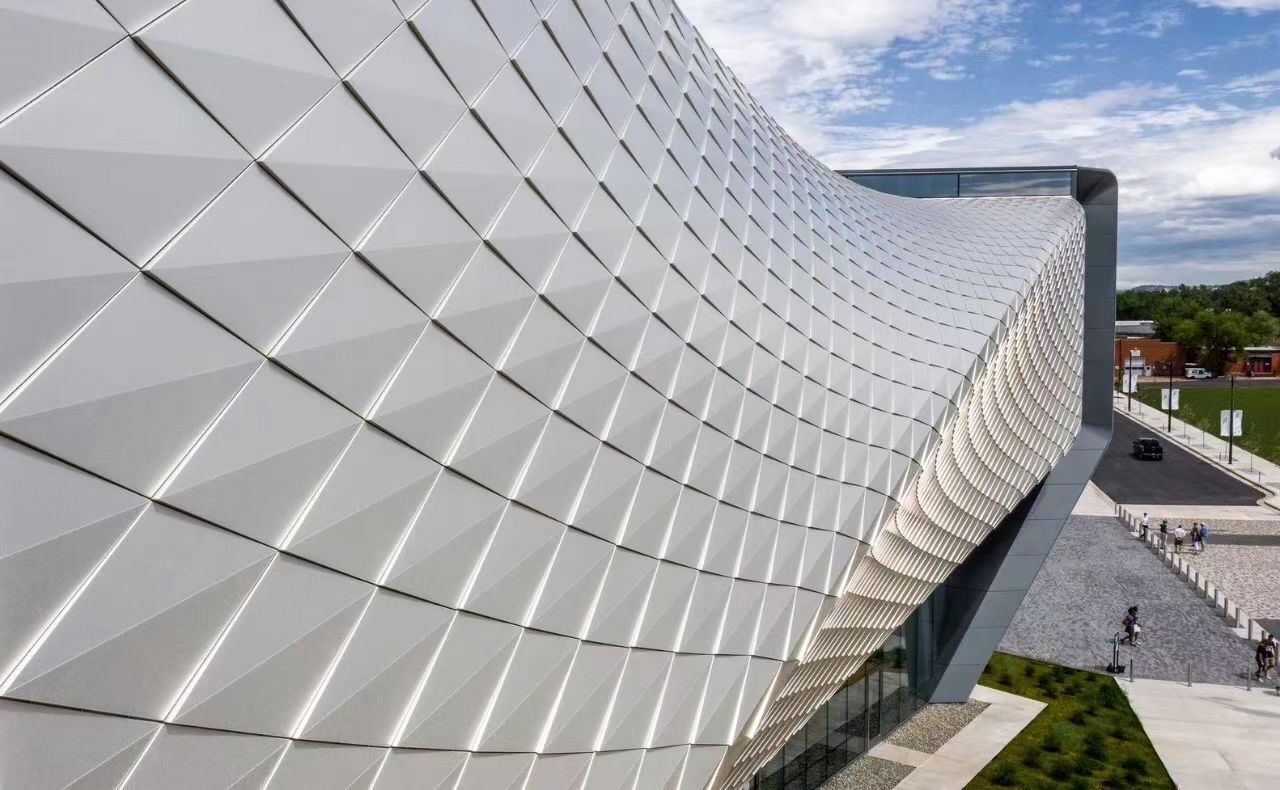
 Customer service QQ
Customer service QQ